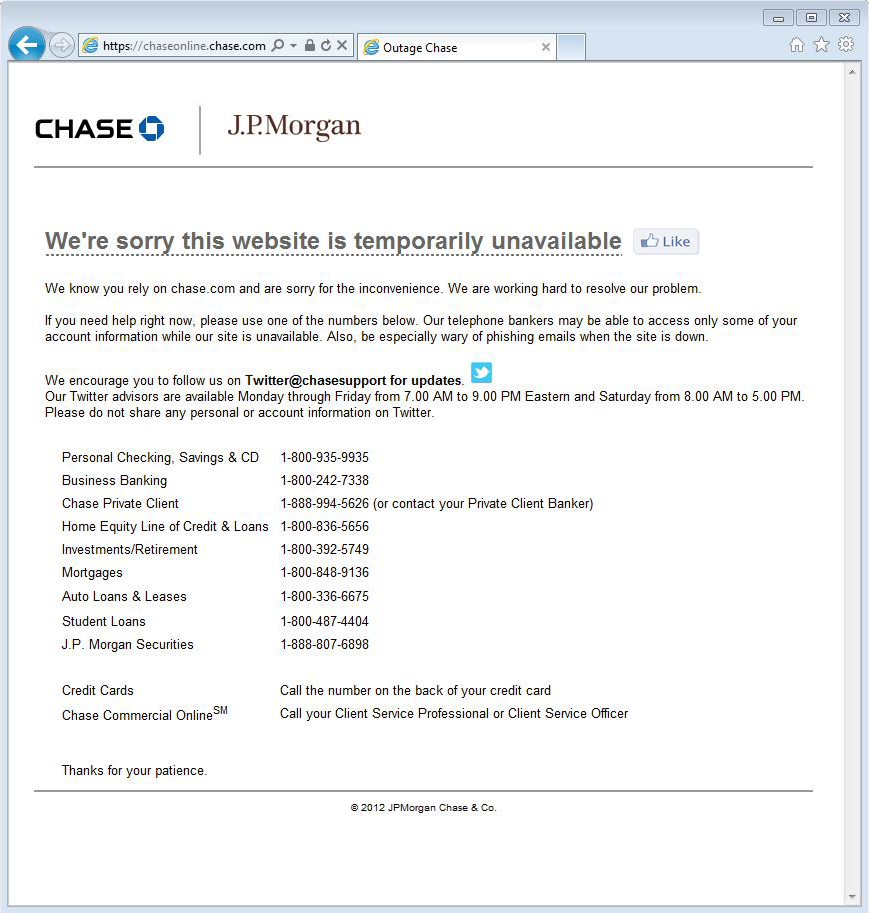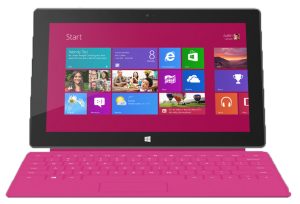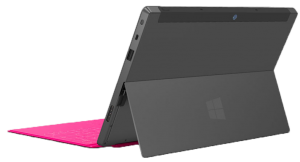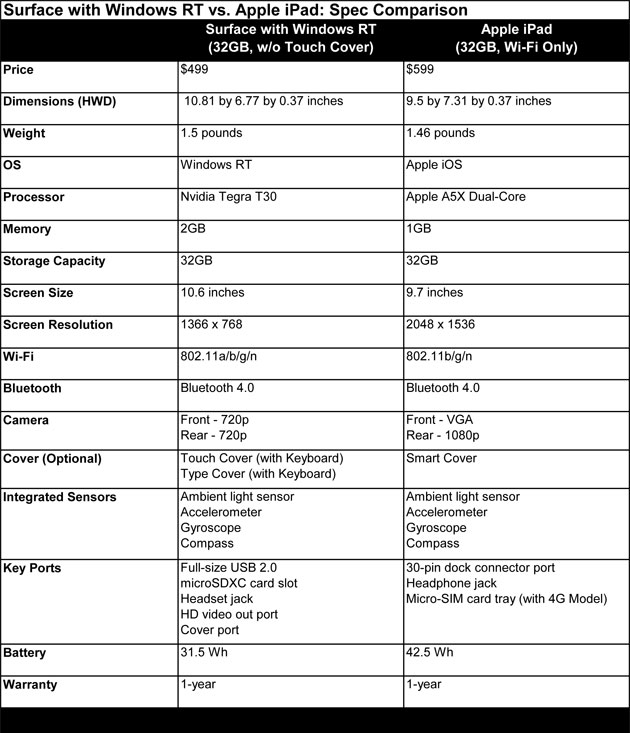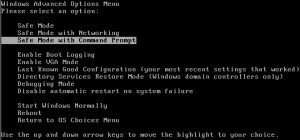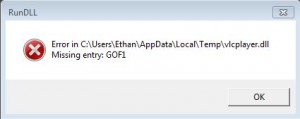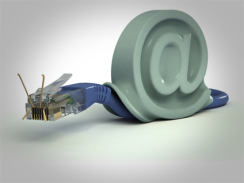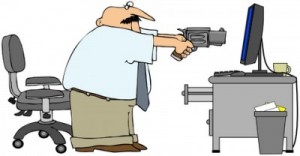In the last part, I covered the basics to having a clean web image. Having your computer infrastructure clean an organized with the latest technology and software overall, helps keep your company running as efficiently as possible.
A clean infrastructure is as important as a clean image.
At home, having a slow computer means an inconvenience, in business, it can mean lost time and money. Example, poor cabling practices can result in long term headaches, such as when you try to add new computers and workstations, and there are no outlets for power, phone, or data. A common solution is to extend a power strip from an existing outlet, run a switch from an existing data port, and run an extended phone line. Sure this is a great temporary stop-gap measure, but it should never be done on a long term scale, especially as time goes on as you get more workers and workstations. If you continue this, eventually you have cables strung out over the floors, across walkways, and overloaded power receptacles. Yikes! What can you do? have a reputable licensed electrician add more power outlets, and have a network cabling company run new cables and phone lines for the phones and computers. No more daisy-chained switches and power strips! If you’re just starting a company or have moved into a new location, you should keep in mind where desks will go and where they will possibly go. Even a better scenario, if you’re still in the building phase, Have an IT solutions company walk through the construction site of your future office, before the drywall is even put in place, and point out where the server/network closet, and workstations will need to be placed, and where future ones can be placed. A server room is important for security of your data, as well as the health of your equipment. It also creates a central location for your infrastructure to start. This makes for less headaches for everyone involved, your costs are lowered, as it will take less time on site to run cables, and your future needs are covered. Always assume you will grow, it’s a safe bet to take, and it will cost you less overall.
- The quality and health of your equipment is crucial!
Slow computers, servers, and network hardware only inhibit you and your employees’ workflow; As hardware ages, risks of failure, problems, and other issues increase as time goes on. Having ten to fifteen year old equipment, except for certain cases, can be detrimental to your company’s performance, which lends itself to its image. Having old 10 megabit hubs, 10/100 network switches, and aging servers that are slow to respond to requests, inhibit the workflow of your employees. Old workstations only compound this fact. Most of the time, a company will not upgrade as everything is working in some degree. It’s only natural that keeping costs down is part of running any business. However, slashing them and compromising your company’s core tools can end up costing you even more. Which is why a good rule of thumb is, every five years, usually after a major purchase, such as a server, it’s time to evaluate your needs and how many issues arise with your existing equipment, and if things could run better. Chances are, they can and will. Gigabit switches in the place of Fast Ethernet 10/100 switches and hubs; New computers with respectable specifications that will last into the next five years, and a server that also has the specs to last well into the next 5 years, if not more. All backed with warranties to ensure your upkeep costs are kept to a minimum. Not only will you have modern equipment that can now take anything you throw at it, but you will have less frustrated employees, and your workflow will increase as they can get more done in less time, and will not end up waiting for the computer to decide if they can work.
- Good practices keep things running
On a closing note, it should be noted that keeping proper antivirus, and limited security access on workstations will help mitigate any potential issues with viruses and trojans that would otherwise take an employee down for a day or so if they otherwise had full administrative access. On that note, keeping one or two spare computers, usually an older system that isn’t too old, kept around in case something happens to a newer one such as hardware failure, or even theft, will ensure an employee can continue working as if nothing happened at all, until their workstation can be replaced.
